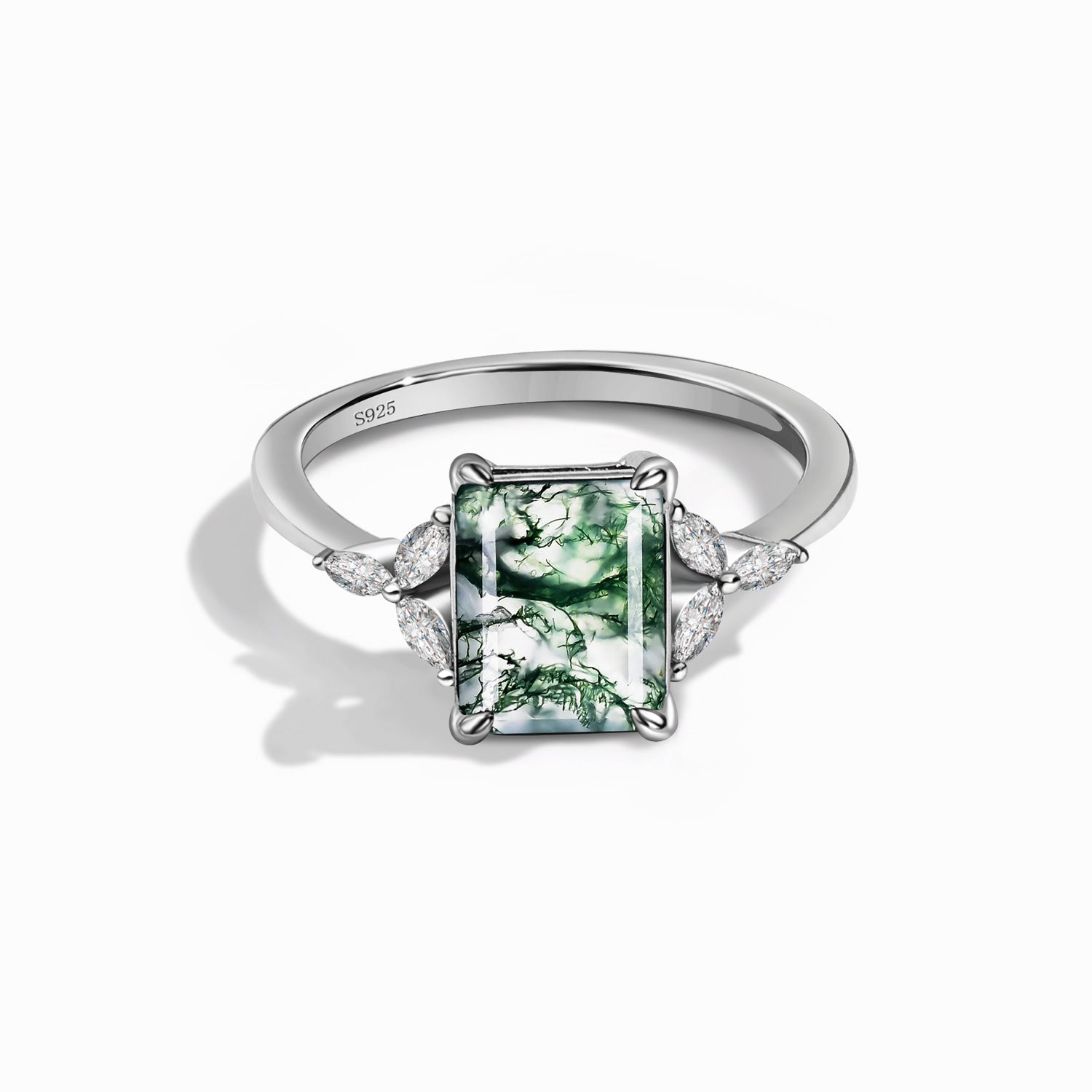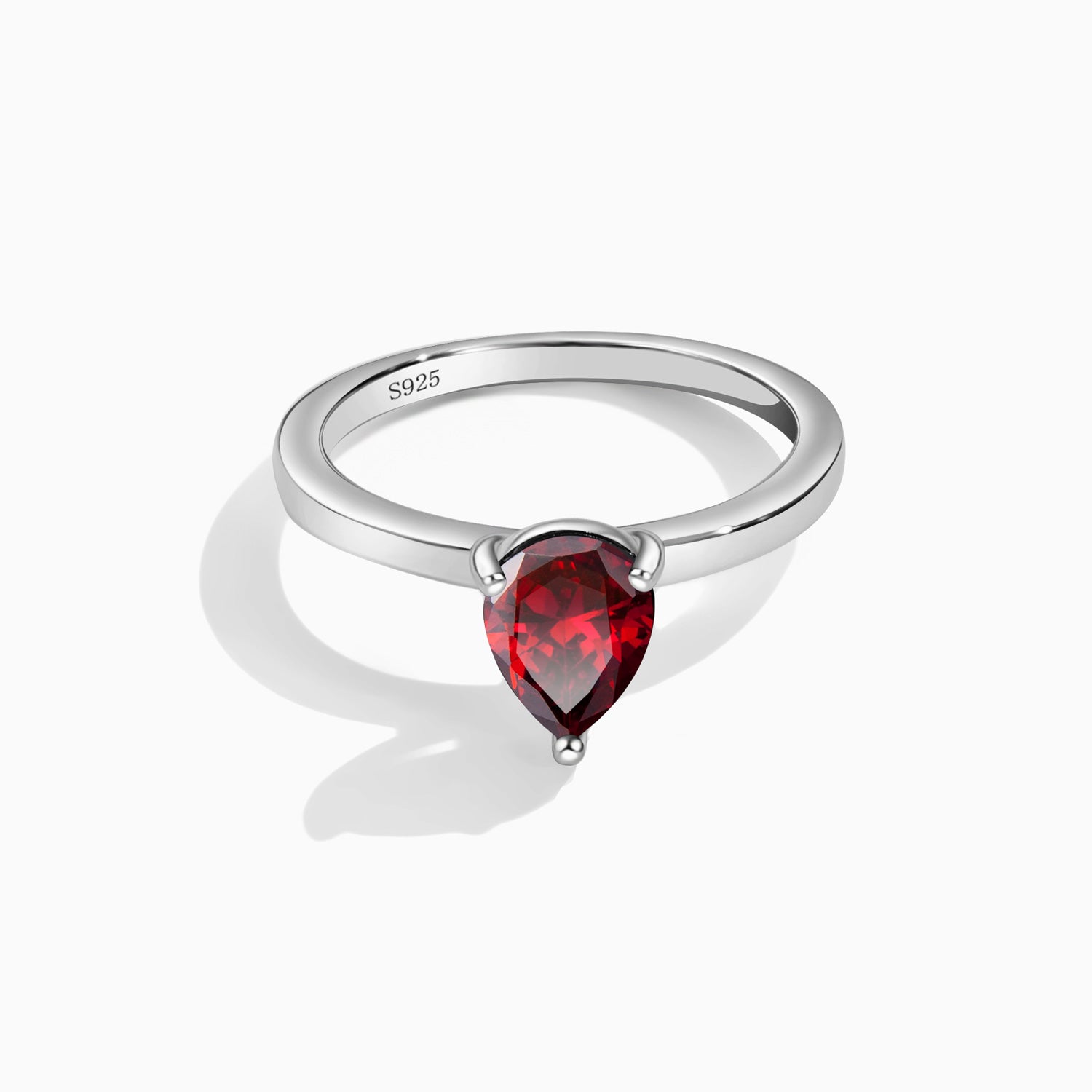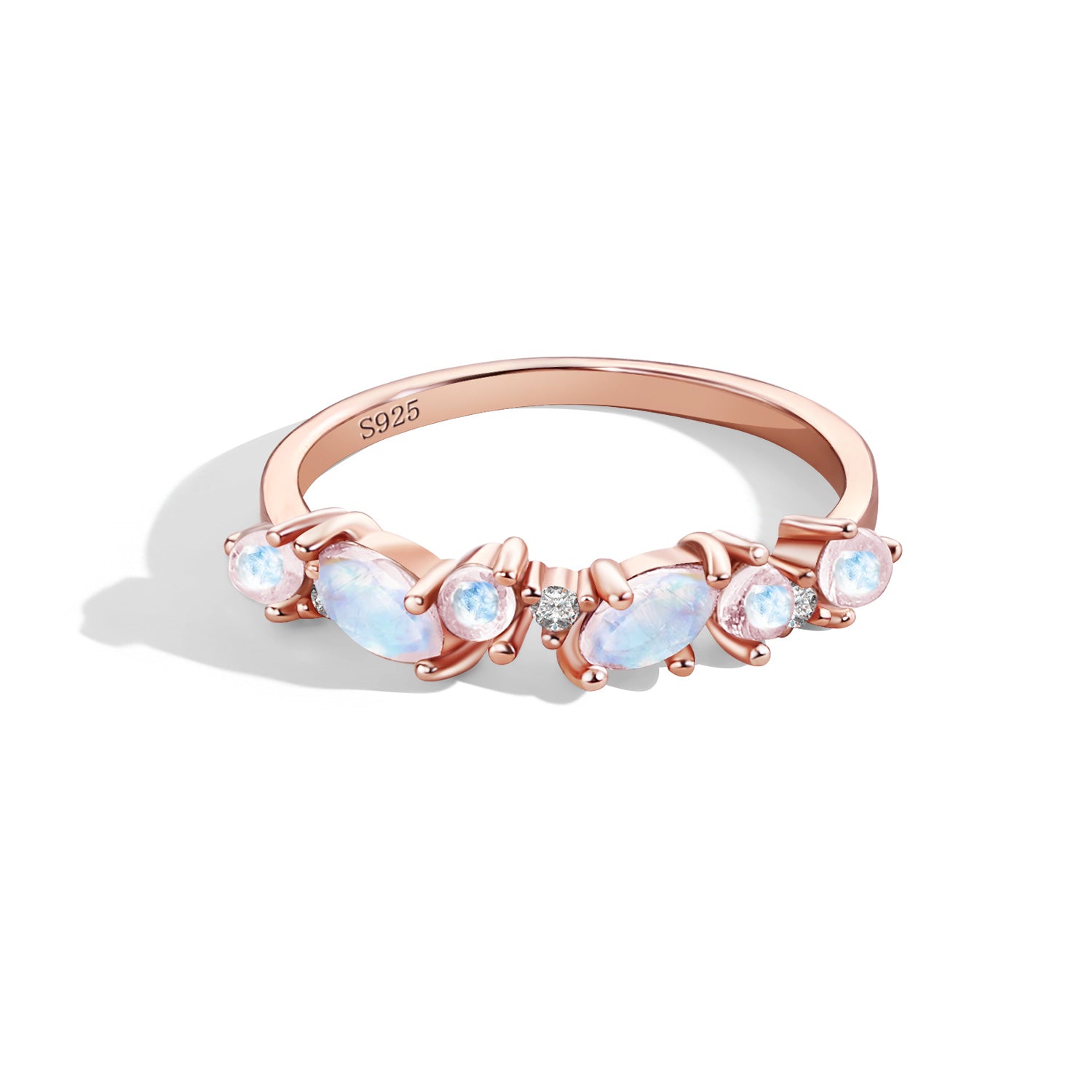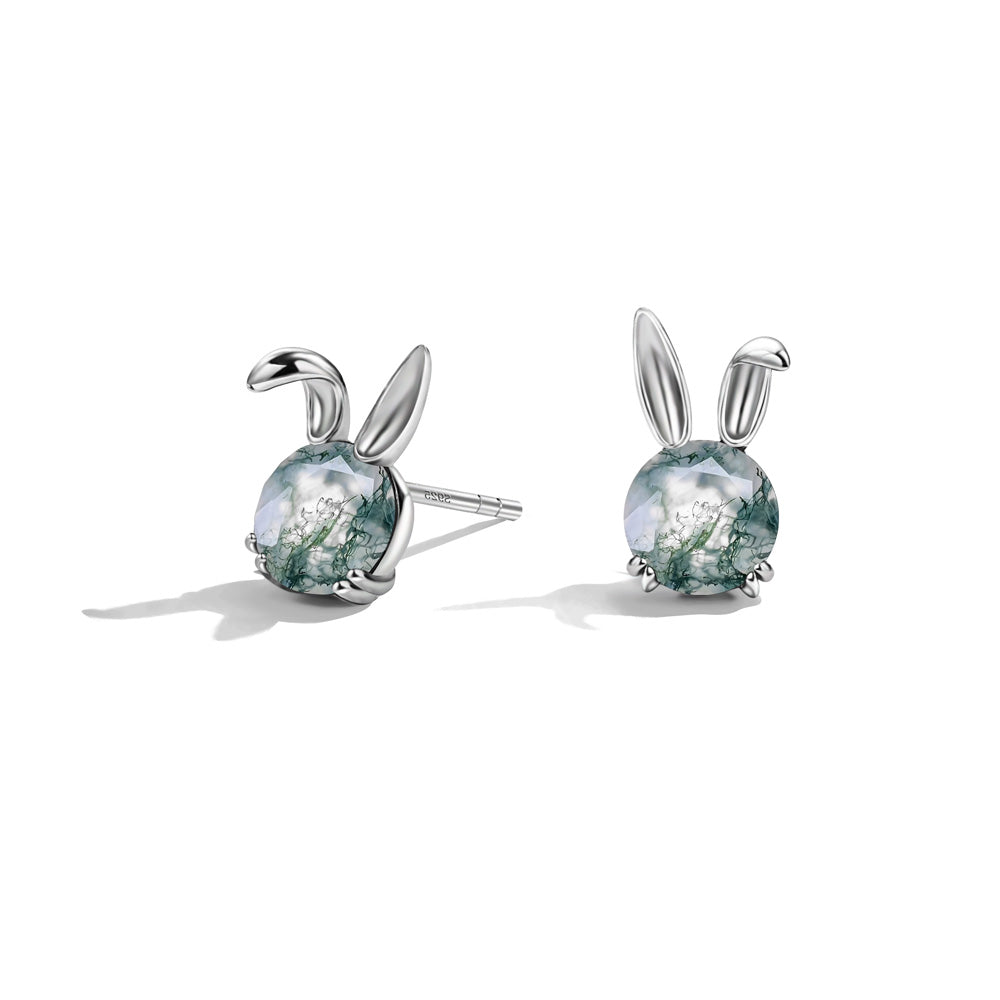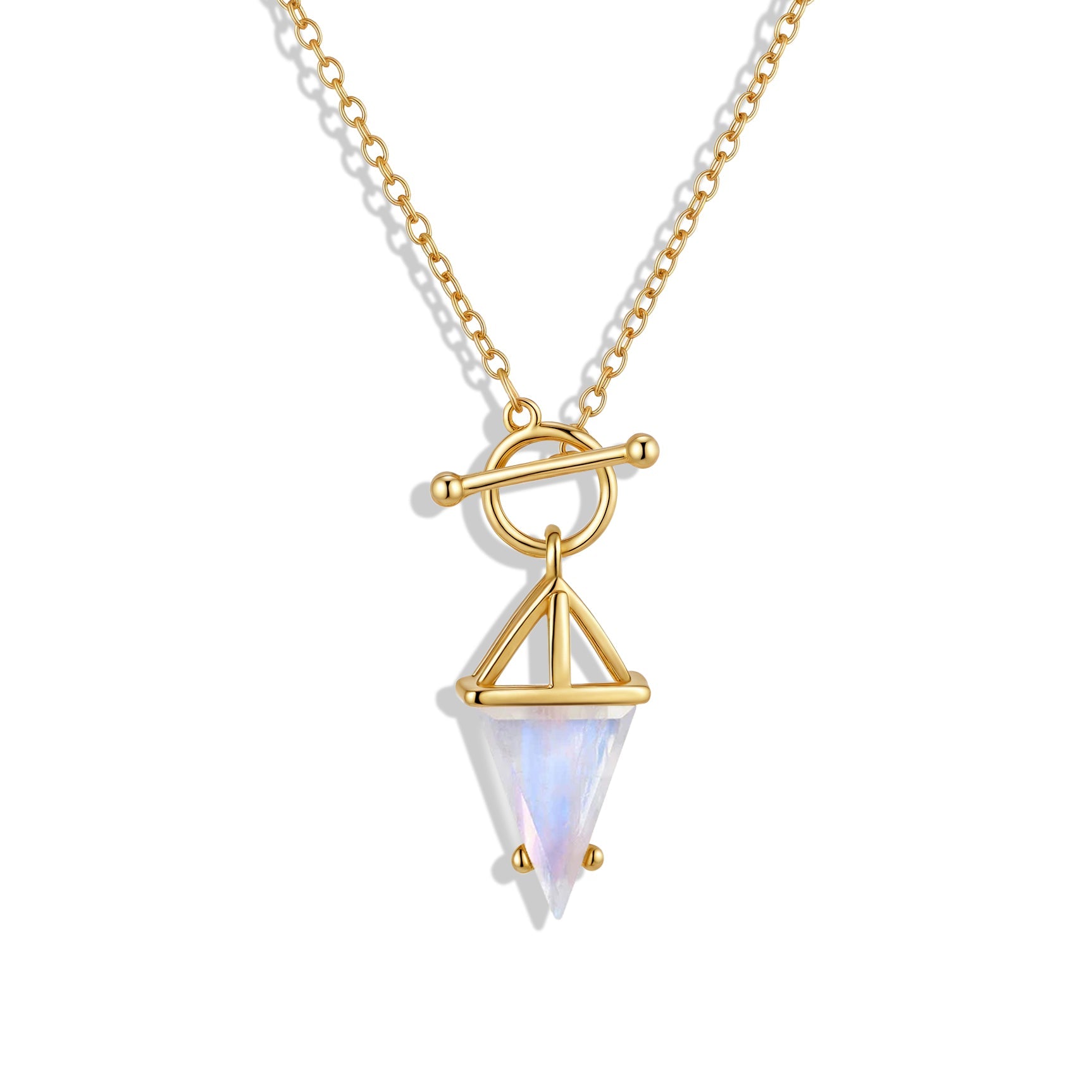Named after J.P. Morgan, one of the most renowned financiers in global history, Morganite is part of the beryl family of crystals. Discovered by George Kunz in Madagascar in 1910, he named the substance Morganite after his friend (and customer) J.P. Morgan as an honor to his support of the arts and sciences.
Mr. Morgan had previously contributed several important gems to the American Museum of Natural History in New York and to the Museum of Natural History in Paris. As one of the most important gem collectors in history, Morgan cultivated a beautiful collection and he was quite generous in gifting various discoveries to the public. Additionally, Tiffany and Co. sold most of the Morganite available at that time, and Morgan was a loyal customer. For these reasons, Morganite is a fitting tribute to a man who adored gems and worked to further the public appreciation of them and provide access to them.
Morganite can range significantly in size, with small crystals being used in jewelry and other personal items, and larger ones being discovered occasionally in various natural states. In fact, in 1989, one of the largest specimens of Morganite ever discovered was found in Maine. Weighing in at just over 50 lbs, the stone was orangish in hue.
Morganite typically appears in a pale pink or orange shade, and often a transparent peachy tone is found in the stone when carried for personal uses (such as bracelets). Morganite is also known for a relatively clear appearance,with minimal inclusions and a slight luster. There is actually very little pigment present in Morganite, but the common pink hue comes from the presence of magnesium. Commonly known as an “accessory mineral”, Morganite is known to grow in small quantities in the presence of other minerals. While somewhat rare, Morganite can be found in several areas throughout the world, including Brazil, Madagascar, Afghanistan, China, Mozambique, Russia, Zimbabwe, and the USA. The most common sources of Morganite are Madagascar and Mozambique.

